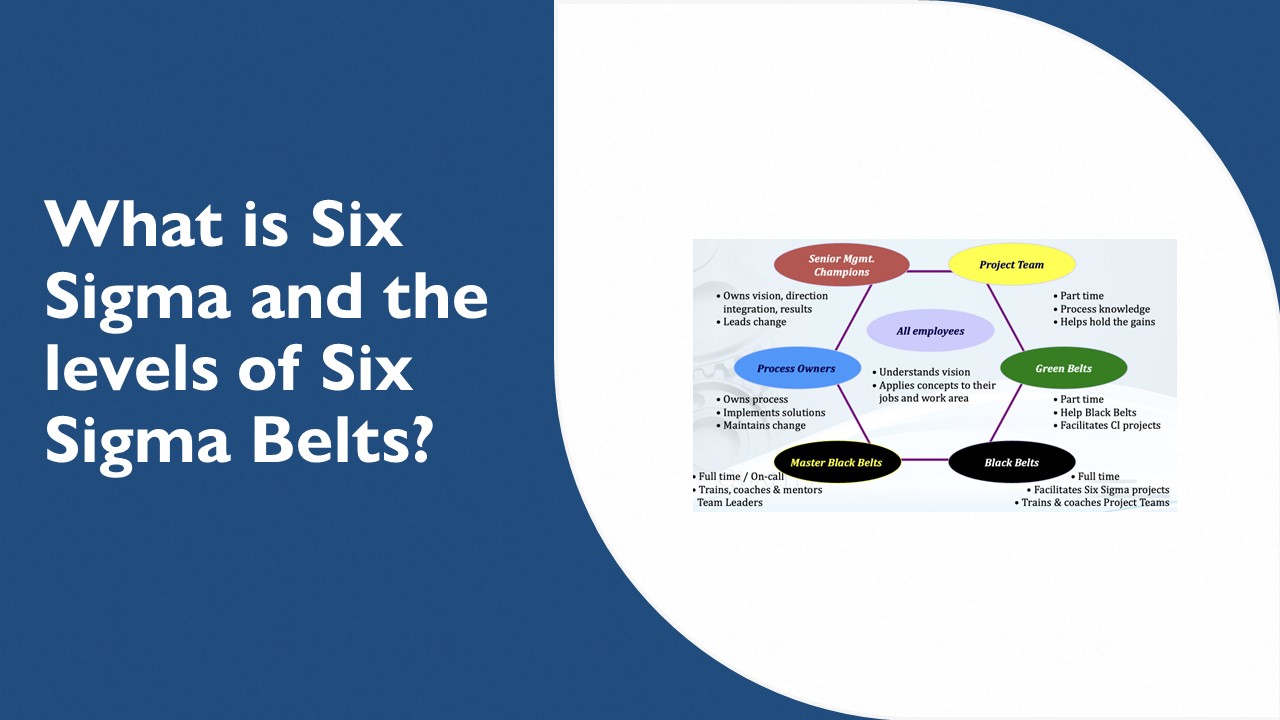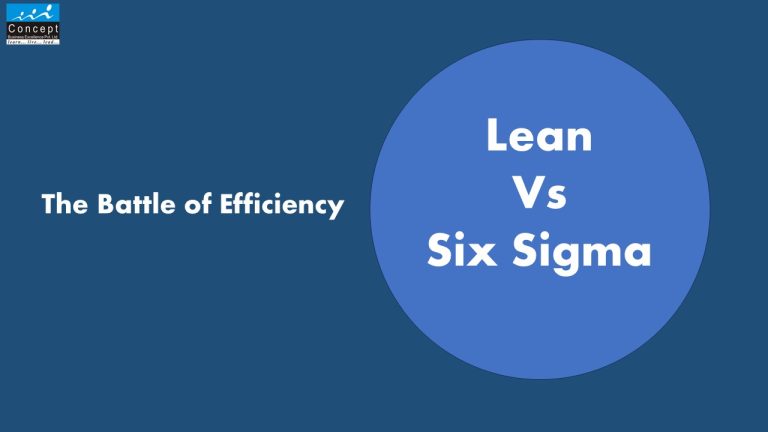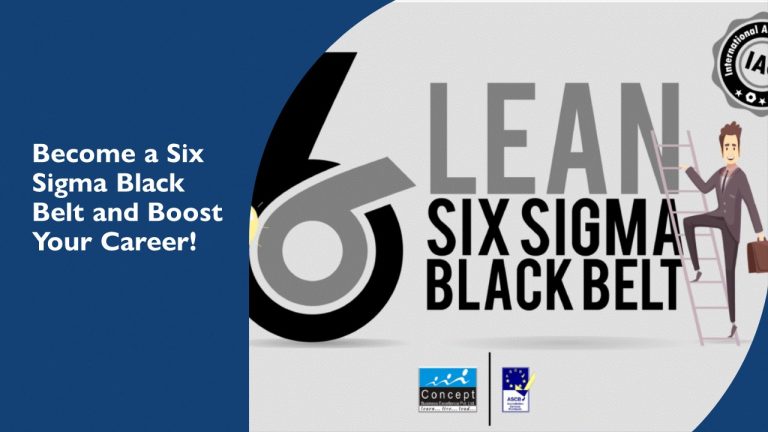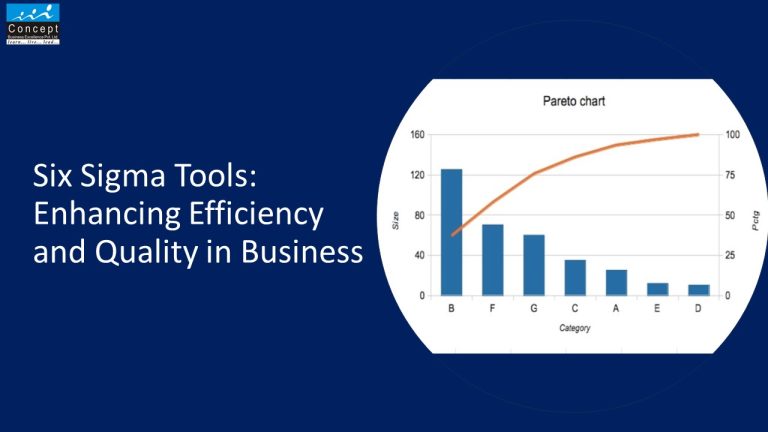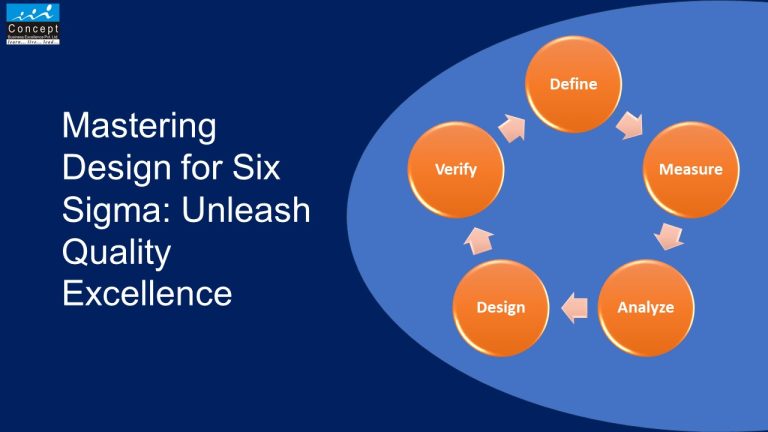What is Six Sigma and the levels of Six Sigma Belts?
What is Six Sigma and lean Six Sigma?
Lean is used to accelerate processes. Six Sigma is designed to enhance quality. The two work together harmoniously.
Lean about waste & speed. Six Sigma is all about quality. Together, they make a winning combination.
The essence of Lean is to concentrate effort on removing waste while improving process flows to achieve speed and agility at a lower cost. The focus of Lean is to increase the percentage of value-added work performed by a company.
Lean recognizes that most businesses spend a relatively small portion of their energies on the true delivery of value to a customer. While all companies are busy it is estimated for some companies that as little as 10% of their time is spent on value-added work, meaning as much as 90% of the time is allocated to non-value-added activities or waste.
Forms of waste include: Wasted capital (inventory), wasted material (scrap), wasted time (cycle time), wasted human effort (inefficiency, rework) and wasted energy (energy inefficiency).
Lean is a prescriptive methodology for relatively fast improvements across a variety of processes, from administrative to manufacturing applications. Lean enables your company to identify waste where it exists. It also provides the tools to make improvements on the spot.
Lean focuses on what it calls the Value Stream, the sequence of activities and work required to produce a product or to provide a service.
The Lean method is based on understanding how the Value Stream is organized, how work is performed, which work is value-added vs. non-value added and what happens to products and services and information as they flow through the Value Stream. Lean identifies and eliminates the barriers to efficient flow through simple, effective tools.
Lean removes many forms of waste so that Six Sigma can focus on eliminating variability. Variation leads to defects which is a major source of waste. Six Sigma is a method to make processes more capable through the reduction of variation.
Both Lean and Six Sigma take a strongly quantitative approach to reducing inefficiency, waste, defects and variability in important processes.
Six Sigma targets variations in defect rates and ensures reliable, consistent, predictable service and delivery performance.
The combination of Lean and Six Sigma promises astounding improvements in customer satisfaction, revenues, cost reduction and other important performance dimensions.
The Lean Six Sigma five laws
The Lean Six Sigma five laws are “The Law of the Market”, “The Law of Flexibility”, “The Law of Velocity”, “The Law of Complexity and Cost” and “The Law of Focus”.
Five laws show how Lean and Six Sigma blend to enhance the quality of service operations:
- “The Law of the Market” – Customers define quality. Make “critical-to-quality” elements your top priority. Also known as the Zero Law, as everything else rests upon it.
- “The Law of Flexibility” – The speed of a process is a factor of its flexibility.
- “The Law of Focus” – Some 80% of the delays in a process result from problems involving 20% of its activities.
- “The Law of Velocity” – Velocity in any process is inversely proportionate to work in process. If WIP is low, velocity must be good.
- “The Law of Complexity and Cost” – Complexity is the biggest obstacle. In the long run, it costs more time and money than WIP, velocity or quality defects.
Six Sigma is based on these core ideas:
- CEO support – The top executive and senior managers must support the initiative.
- Resource allocation – The company must commit time and resources. The best results accrue when companies allocate 1% of their best employees as full-time proponents of the system. These are known as Black Belts, Master Black Belts and Champions. Another 3% typically undergo Green Belt training.
- Widespread training – Ideally every executive and manager gets Six Sigma training.
- Eliminate variation – Determine customers’ “Critical-to-Quality” elements and refer to them to guide your organization’s effort to eliminate quality variation. Use the data- driven DMAIC approach (define-measure-analyze-improve-control).
Lean is based on these core ideas:
- The goal is – Accelerate processes by reducing all forms of waste.
- The benefit – Reveal hitherto unseen opportunities to speed up production.
- Lead time – The result of dividing the total amount of work in process (WIP) by the average completion rate of tasks.
- Process cycle efficiency – This is the product of value-add time (time spent doing things that add value) divided by total lead time (the sum of time-consuming elements whether they add value or not). When value-add time is less than 10% of total lead time, your process is inefficient.
- Reduce work in progress – To be more efficient, reduce the amount of work in progress waiting to be done. WIP grows when delays occur in getting raw materials and releasing them into production. The cure is to create a “pull system” so that completing one job automatically triggers the provision of resources for the next job. Delays do not happen if necessary production materials are always provided just when the previous job clears the assembly line.
- Make processes lean – Most processes are very “un-lean.” Often, more than half of the work in a process adds no value. Work performed to correct mistakes is un-lean.
- Make work visible – It’s impossible to improve work you cannot see. You see work on the factory floor in manufacturing. Because it is visible, it can be adjusted.
Lean Six Sigma combines the strengths of each system
- Lean
- Guiding principles based operating system
- Relentless elimination of all waste
- Creation of process flow and demand pull
- Resource optimization
- Simple and visual
Strength: Efficiency
- Six Sigma
- Focus on Voice of the Customer
- Data and fact based decision making
- Variation reduction to near perfection levels
- Analytical and statistical rigor
Strength: Effectiveness
There are many roles and responsibilities for successful implementation of Six Sigma.
- MBB (Master Black Belt)should be well-versed with all aspects of Six Sigma, from technical applications to Project Management. MBBs need to have the ability to influence change and motivate others.
- Black Belts are application experts and work projects within the business. They should be well versed with the Lean Six Sigma Technologies and have the ability to drive results.
- Green Belts are practitioners of Six Sigma Methodology and typically work within their functional areas or support larger Black Belt Projects.
Know more about six sigma trainings
